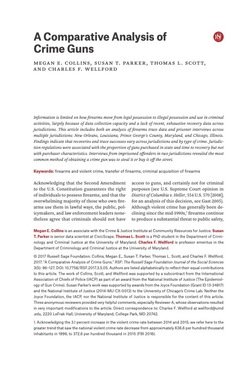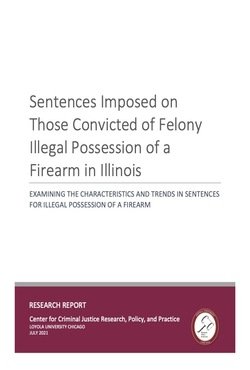By Charles C Lanfear , Rebecca Bucci , David S Kirk , Robert J Sampson
Importance: The past quarter-century has seen both sharp declines and increases in firearm violence in the United States. Yet, little is known about the age of first exposure to firearm violence and how it may differ by race, sex, and cohort.
Objective: To examine race, sex, and cohort differences in exposure to firearm violence in a representative longitudinal study of children who grew up in periods with varying rates of firearm violence in the United States and to examine spatial proximity to firearm violence in adulthood.
Design, setting, and participants: This population-based representative cohort study included multiple cohorts of children followed-up from 1995 through 2021 in the Project on Human Development in Chicago Neighborhoods (PHDCN). Participants included Black, Hispanic, and White respondents from 4 age cohorts of Chicago, Illinois, residents, with modal birth years of 1981, 1984, 1987, and 1996. Data analyses were conducted from May 2022 to March 2023.
Main outcomes and measures: Firearm violence exposure, including age when first shot, age when first saw someone shot, and past-year frequency of fatal and nonfatal shootings within 250 m of residence.
Results: There were 2418 participants in wave 1 (in the mid-1990s), and they were evenly split by sex, with 1209 males (50.00%) and 1209 females (50.00%). There were 890 Black respondents, 1146 Hispanic respondents, and 382 White respondents. Male respondents were much more likely than female respondents to have been shot (adjusted hazard ratio [aHR], 4.23; 95% CI, 2.28-7.84), but only moderately more likely to have seen someone shot (aHR, 1.48; 95% CI, 1.27-1.72). Compared with White individuals, Black individuals experienced higher rates of all 3 forms of exposure (been shot: aHR, 3.05; 95% CI, 1.22-7.60; seen someone shot: aHR, 4.69; 95% CI, 3.41-6.46; nearby shootings: adjusted incidence rate ratio [aIRR], 12.40; 95% CI, 6.88-22.35), and Hispanic respondents experienced higher rates of 2 forms of violence exposure (seen someone shot: aHR, 2.59; 95% CI, 1.85-3.62; nearby shootings: aIRR, 3.77; 95% CI, 2.08-6.84). Respondents born in the mid-1990s who grew up amidst large declines in homicide but reached adulthood during city and national spikes in firearm violence in 2016 were less likely to have seen someone shot than those born in the early 1980s who grew up during the peak of homicide in the early 1990s (aHR, 0.49; 95% CI, 0.35-0.69). However, the likelihood of having been shot did not significantly differ between these cohorts (aHR, 0.81; 95% CI, 0.40-1.63).
Conclusions and relevance: In this longitudinal multicohort study of exposure to firearm violence, there were stark differences by race and sex, yet the extent of exposure to violence was not simply the product of these characteristics. These findings on cohort differences suggest changing societal conditions were key factors associated with whether and at what life stage individuals from all race and sex groups were exposed to firearm violence.
JAMA Network Open 6(5); 2023


















